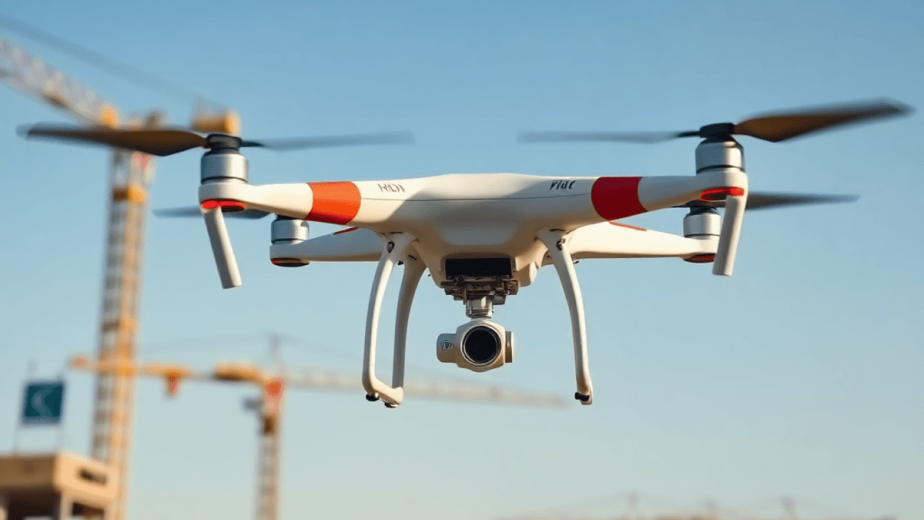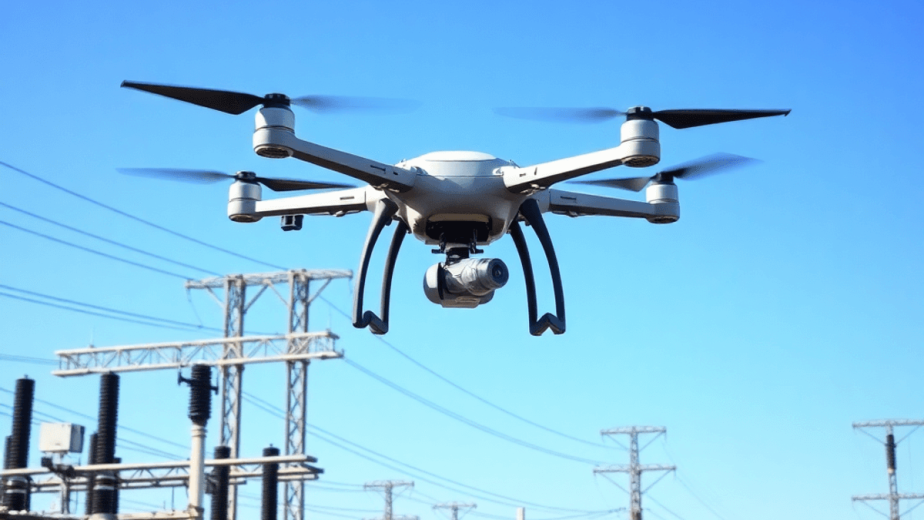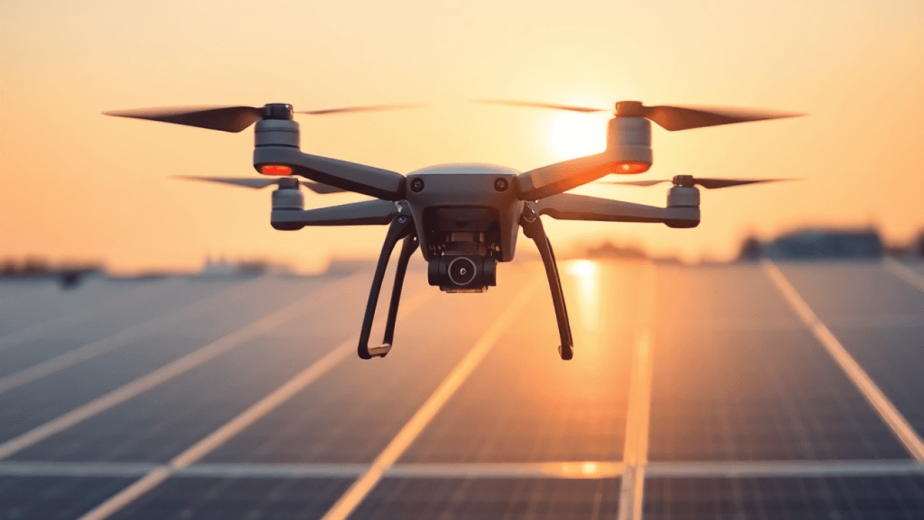Introduction
Reality capture is the process of capturing accurate spatial data from the real world, allowing us to create digital representations for analysis and decision-making. This technology is essential in today’s infrastructure management and asset management industries, as it improves precision, productivity, and safety in various sectors.
Mira Spatial is a top provider in this field, offering innovative solutions that use drone and satellite technology along with advanced analytics. Their mission is simple: to transform infrastructure management using state-of-the-art reality capture methods.
Understanding Reality Capture Technology
Reality capture technology allows us to create an accurate digital representation of physical spaces using advanced methods of collecting data. Over the years, this technology has developed significantly, revolutionizing industries by improving precision and productivity in managing infrastructure and assets.
Methods of Reality Capture
1. LiDAR (Light Detection and Ranging)
LiDAR uses laser beams to measure distances and create 3D models of objects or landscapes.
Pros:
- Highly accurate 3D scanning
- Effective for large-scale environments
Cons:
- High cost of equipment
- Requires skilled personnel for interpretation
2. Photogrammetry
Photogrammetry involves taking multiple photographs from different angles and using software to stitch them together into a 3D model.
Pros:
- Utilizes standard cameras, making it more accessible
- Capable of producing detailed textures and colors in models
Cons:
- Less accurate than LiDAR in complex environments
- Dependent on lighting conditions for optimal results
3. Drones
Drones equipped with cameras or LiDAR sensors can capture aerial images or scans of large areas quickly.
Pros:
- Quick data acquisition over vast areas
- Ability to access hard-to-reach locations safely
Cons:
- Limited battery life can restrict flight duration
- Regulatory restrictions may apply in certain areas
Through these methods, organizations can harness the power of reality capture to improve planning, monitoring, and maintenance processes, ensuring assets are managed effectively.
The Role of Reality Capture in Infrastructure Management
Reality capture technology plays an essential role in modern infrastructure management, significantly enhancing efficiency and reducing risks in construction projects. By integrating advanced data collection methods into workflows, organizations can achieve:
1. Improved Efficiency
Utilizing tools such as drones for inspections allows for rapid data acquisition. Projects that once took weeks to survey can now be completed within days, significantly shortening project timelines.
2. Reduced Risks
The precision of reality capture minimizes human error during data collection, leading to more reliable assessments and decisions. This accuracy is critical when managing complex infrastructure where small oversights can lead to significant issues.
The creation of digital twins revolutionizes asset management by enabling:
- Real-Time Monitoring: Digital twins serve as virtual replicas of physical assets, providing up-to-date information on their condition. This capability facilitates predictive maintenance, allowing organizations to address potential issues before they escalate into costly repairs.
- Enhanced Planning: Virtual walkthroughs offer stakeholders a visual representation of projects before construction begins. This immersive experience enables better planning and collaboration among teams, ensuring all parties have a clear understanding of project goals and challenges.
The integration of these technologies not only streamlines workflows but also fosters a collaborative environment among stakeholders. As the adoption of reality capture continues to expand, its impact on infrastructure monitoring promises to reshape how projects are executed and managed in the future.
Benefits and Challenges of Using Reality Capture in Asset Management Strategies
The integration of reality capture technologies into asset management strategies presents significant advantages, driving efficiency and accuracy.
Benefits
- Cost Savings: Reality capture minimizes the need for manual inspections. This reduction translates to substantial cost savings for organizations, allowing them to allocate resources more effectively.
- Enhanced Accuracy: Traditional methods often involve human error during data collection. Reality capture technologies, such as LiDAR and drones, provide high-precision data. This level of accuracy is crucial for informed decision-making and reduces the risk of costly mistakes.
- Improved Decision-Making: Real-time data updates from reality capture tools facilitate swift decision-making. Stakeholders can access current information about asset conditions, which enhances responsiveness to potential issues.
Challenges
Challenges exist alongside these benefits. Implementing reality capture requires careful consideration of logistics, data management, and initial investment costs. Organizations must navigate site accessibility and ensure proper equipment setup to fully leverage these technologies. Additionally, managing the vast amounts of data generated can overwhelm traditional systems unless effective strategies are put in place.
Harnessing the advantages while addressing these challenges positions organizations for success in modern asset management.
Overcoming Challenges: Logistics, Data Management, and Initial Costs
Implementing reality capture technologies presents several logistics challenges:
- Site Accessibility: Difficult terrains or urban environments can complicate data acquisition efforts. Teams must often plan for alternative access routes or times to ensure successful data collection.
- Equipment Setup Time: The initial setup for drones or LiDAR systems can be time-consuming, requiring meticulous calibration and testing before deployment.
Data management issues also emerge from the sheer volume of information generated during reality capture projects:
- Handling large datasets necessitates robust storage solutions and efficient processing capabilities to ensure timely analysis and reporting.
- Utilizing cloud-based platforms can streamline data management, offering scalability and ease of access for stakeholders.
Initial costs related to hardware and software acquisition can deter organizations from adopting these technologies. However, investing in high-quality equipment and reliable software solutions often leads to long-term benefits that outweigh upfront expenditures. Emphasizing strategic planning can mitigate these challenges effectively.
Case Studies: Successful Implementation Across Industries
Reality capture technology is making significant strides across various sectors, enhancing operations and decision-making processes.
1. Electric Utilities
Companies in this sector leverage reality capture for maintenance and risk assessment. Drones equipped with LiDAR can quickly survey transmission lines, identifying potential hazards like vegetation encroachment or structural vulnerabilities. This proactive approach enables timely interventions, reducing outage risks and improving reliability.
2. Renewable Energy
Wind and solar farms benefit from accurate mapping provided by reality capture solutions. Detailed site assessments help determine optimal placement for turbines or solar panels, significantly impacting project feasibility studies. High-resolution data ensures that developers can evaluate environmental factors and make informed decisions before construction begins.
3. Architecture/Engineering/Construction (AEC)
Within the AEC industry, reality capture plays a crucial role in project planning and quality control. 3D modeling derived from photogrammetry allows stakeholders to visualize designs in real-time, facilitating collaboration among architects, engineers, and contractors. The ability to detect discrepancies early minimizes costly revisions during construction.
These examples illustrate how diverse industries are harnessing reality capture to enhance operational efficiency and strategic planning.
The Role of AI Analytics Tools
The integration of AI analytics tools is essential to these offerings. AI-driven anomaly detection algorithms continuously analyze data collected from various assets. This proactive approach allows organizations to identify potential issues before they escalate into significant problems. By leveraging such intelligence, businesses can enhance their maintenance strategies, thereby extending asset lifespans and reducing operational costs.
Meeting Modern Demands
Mira Spatial’s commitment to transforming infrastructure management aligns with current needs for efficiency and accuracy. With an entire toolbox of solutions, stakeholders gain actionable insights that enable informed decision-making throughout the asset management lifecycle.
Understanding what reality capture involves is crucial for organizations looking to stay ahead in today’s competitive landscape.
Why Choose Mira Spatial? Our Differentiators in Reality Capture Services
Mira Spatial stands out with an innovation-first approach to service delivery. Our extensive experience in various sectors enables us to effectively address different challenges in infrastructure management. Here are the key factors that set us apart:
- Industry-Leading Expertise: Our years of hands-on experience in projects involving electric utilities, renewable energy, and architecture/engineering/construction (AEC) give us the ability to provide customized solutions.
- End-to-End Solutions: We offer complete support throughout the entire process, including data processing once the capturing phase concludes. This ensures that clients receive actionable insights without interruption.
- Enterprise-Grade Security Measures: Protecting client data is our top priority. We implement strong security protocols at every stage of the project to keep sensitive information safe from beginning to end.
By focusing on these aspects, Mira Spatial aims to be a trustworthy partner in using reality capture technologies for efficient infrastructure and asset management strategies.
Conclusion: Embracing Reality Capture Technologies For Future-Ready Asset Management Strategies
Adopting reality capture technologies is not just a trend; it represents a fundamental change in how infrastructure and asset management can operate.
Key benefits include:
- Improved efficiency levels observed among early adopters, showcasing tangible results.
- Enhanced decision-making capabilities through the actionable intelligence delivery concept behind our services.
Organizations seeking to stay competitive must consider these advancements.
For those interested in exploring how we can assist with leveraging state-of-the-art solutions, our nationwide team of experts is ready to help. Contact us today to learn more about the transformative power of reality capture in your asset management strategies.



